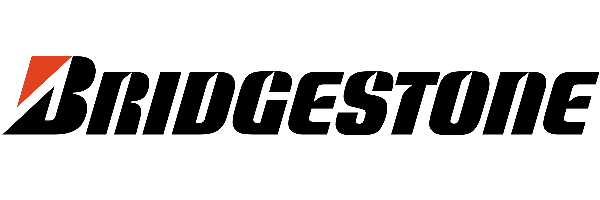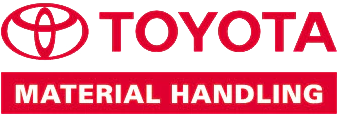On 1st January 2023, Australia moved to GHS 7, the 7th revised edition of GHS. This new edition includes changes to the way that certain chemicals must be classified.In this blog post, we will provide you with a brief overview of GHS, outline key changes of GHS 7, and help you understand the way Skytrust’s WHS management system helps your business meet its safety obligations.
Developing an international standard with GHS: a brief overview
GHS stands for the Globally Harmonized System of Classification and Labelling of Chemicals. The system is designed to assess chemicals and communicate hazards.
The standard, used internationally and managed by the United Nations, replaces different standards and regulations that were enforced in various parts of the world.
Multiple standards used by different regions or countries became a logistical and safety nightmare, particularly for those who trade internationally.
The worldwide standard was designed to ensure consistency and improve compliance and safety.
GHS hazard classifications
The main categories of hazards are outlined below:
Physical hazards
Chemicals and substances that sit within this category may include explosives, gases, flammable solids and liquids, and radioactive substances.
Health hazards
Health hazards include substances that can cause toxicity, skin irritation, eye damage, or respiratory problems.
Substitute hazards
Where possible, a substitute substance can be used to replace a hazardous one.
Environmental hazards
Environmental hazards include substances that can cause acute or chronic toxicity to an aquatic environment (e.g. fish, algae, aquatic plants).
What are the key changes of GHS 7?
Safe Work Australia has published a comprehensive information sheet detailing the changes to chemical classifications and labelling under GHS 7. You can download the PDF here.
We will use this as a resource to provide a summary below.
Summary
- These changes affect manufacturers and importers of hazardous materials
- It is the responsibility of persons conducting a business or undertaking (PCBU) to manage any health and safety risks associated with hazardous materials
- Changes include requirements for labelling, additional hazard classic, and statement updates
- As part of the update, GHS 7 also contains revisions to nine pictograms
What substances have been impacted?
- Aerosols
- Flammable, pyrophoric and chemically unstable gases
- Desensitised explosives
The first of January 2021 marked the start of a two-year transitional period where Australia began shifting from GHS 3 to GHS 7.
The transition period ended on 31st December 2022, making 1st January 2023 the start date of GHS 7 regulations coming into full effect.
Not only will GHS 7 help to improve the way we communicate risks of hazards, but a standardised, global system may also reduce the cost of importing and exporting with key international partners.
How have suppliers, workplaces, and PCBU managed the transition?
The transition period is now over; as of 1st January 2023, only GHS 7 can be used in order to classify chemicals, create labels, or update Safety Data Sheet (SDS) statements.
During the transitional period, businesses have followed a range of processes to ensure they were prepared for the start of the year. This includes:
Analysis
Identify areas where their current WHS program and guidelines did not meet updated GHS 7 requirements.
Training and education
Critical to the successful adoption of GHS 7, is constructive and productive employee education across the transition period and once the new rules come into effect.
Label revision
Businesses have revised and updated their labels to reflect changes laid out of GHS 7. This includes the pictogram revisions mentioned above.
Customer communication
Just as important as employee education, businesses have communicated with their own customers, suppliers, and partners to ensure they too are meeting new regulations and requirements.
Achieve total safety confidence in the workplace with Skytrust’s WHS software
Managing chemical substances is just one important part of your business’ Work Health and Safety (WHS) strategy. We support a number of businesses across relevant industries, including manufacturing, transport, and logistics.
Skytrust’s cloud-based health and safety software enhances safety and compliance and reduces risk in your workplace. Maintaining your SDS register and being able to comply with the GHS 7 requirements keeps you up to date with current legislative requirements.
Want a free demo?
Enjoy three months, on us. No catch! Simply get in touch now and if we think our risk management software is a good match for your business, we’ll set you up with complete access to all our features, for a full three months. No obligation and no cost to you.






